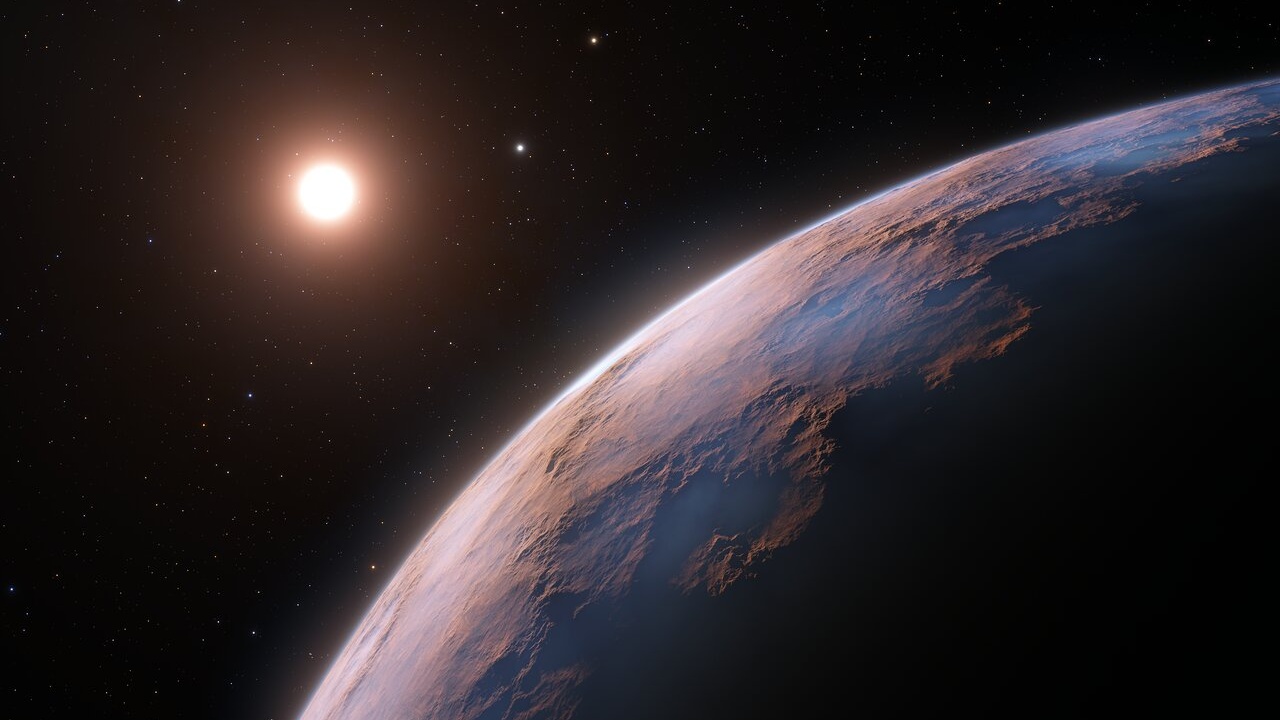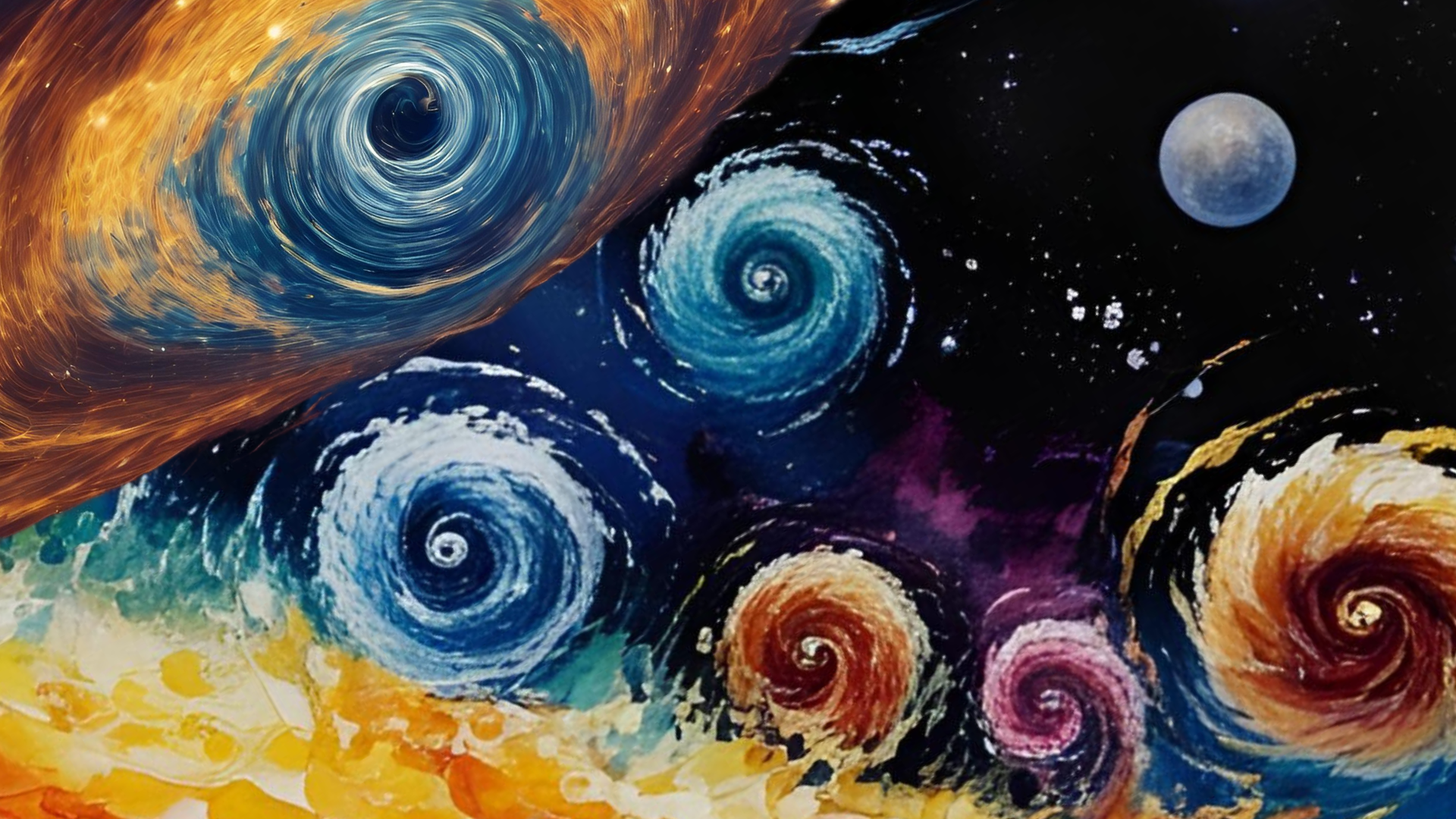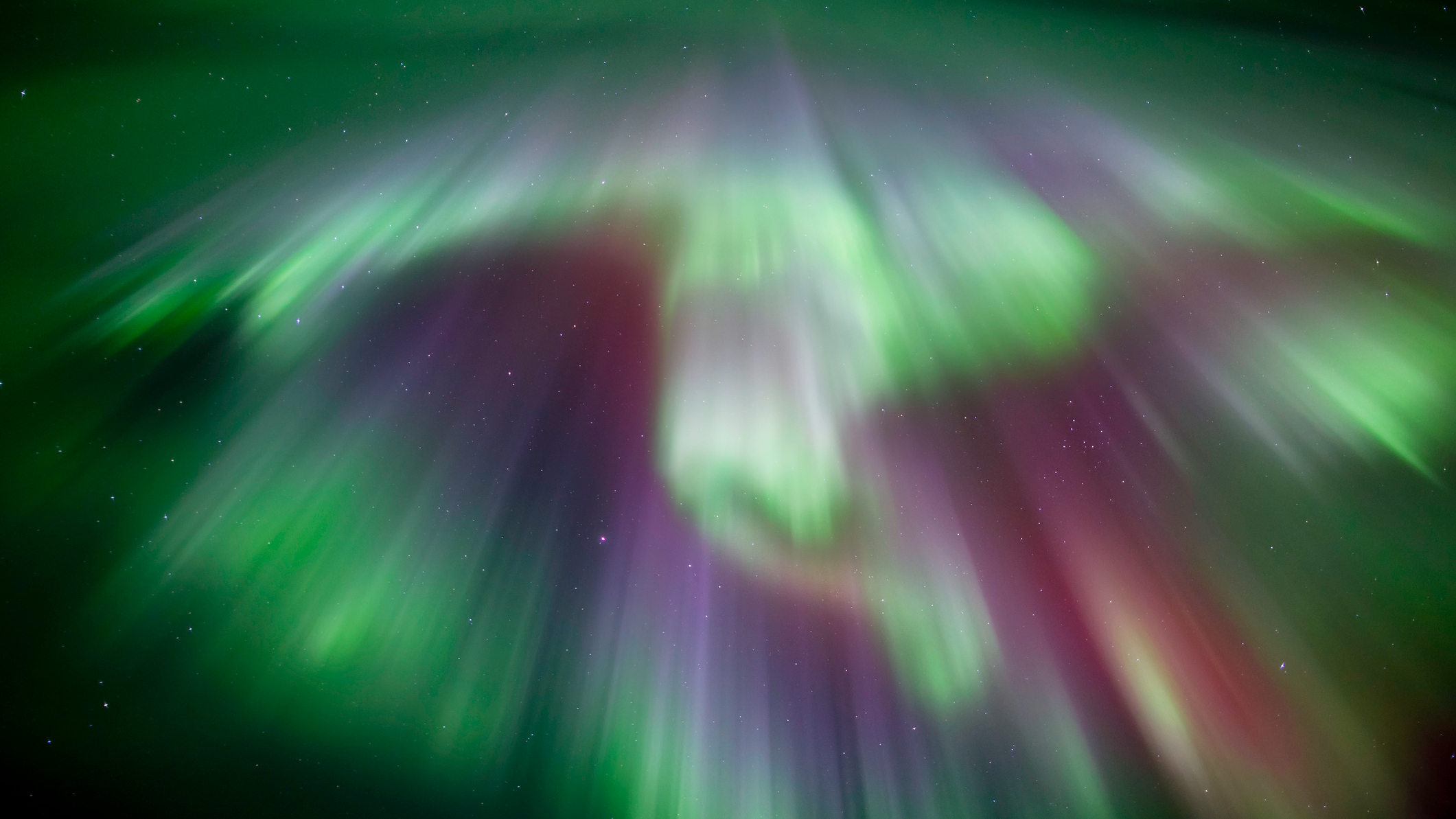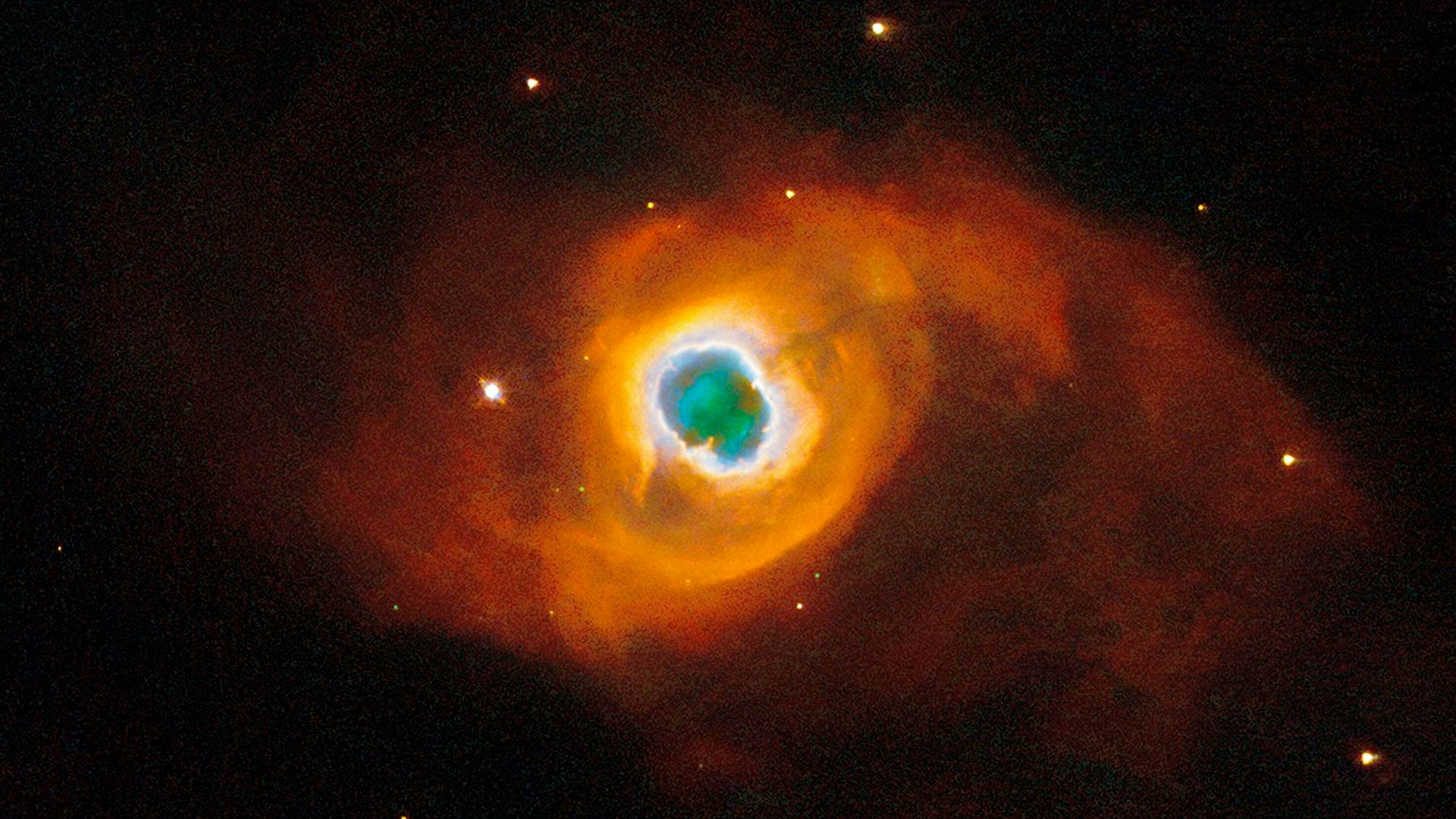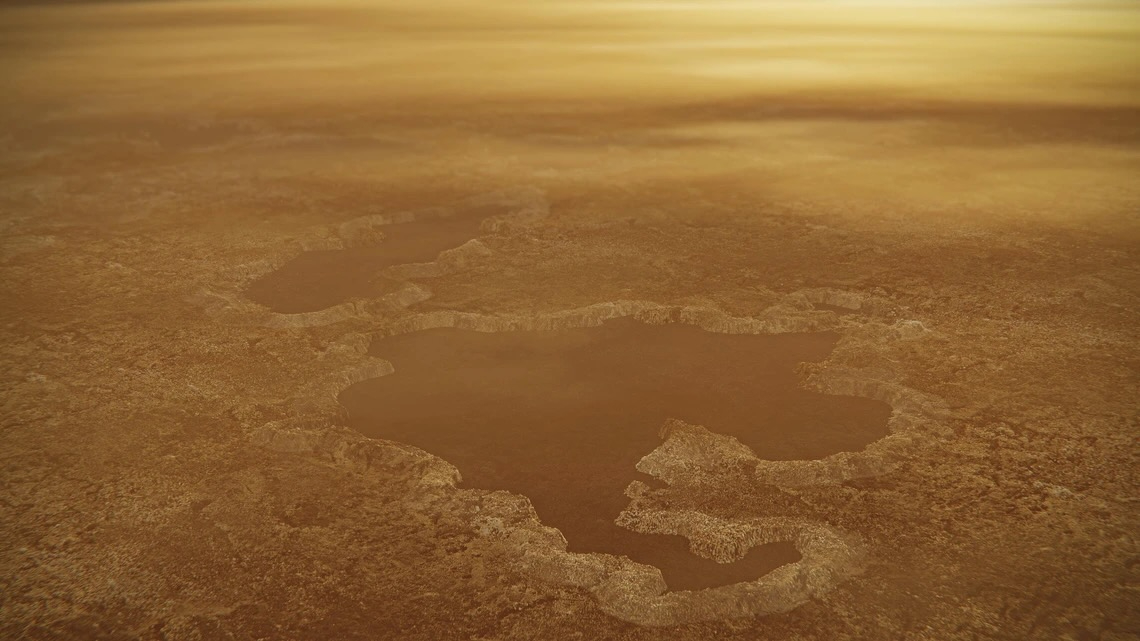Enchanting new Hubble Telescope image reveals an infant star's sparkle
Buried within thick clouds of dust and gas lie three bright and budding stellar bodies.
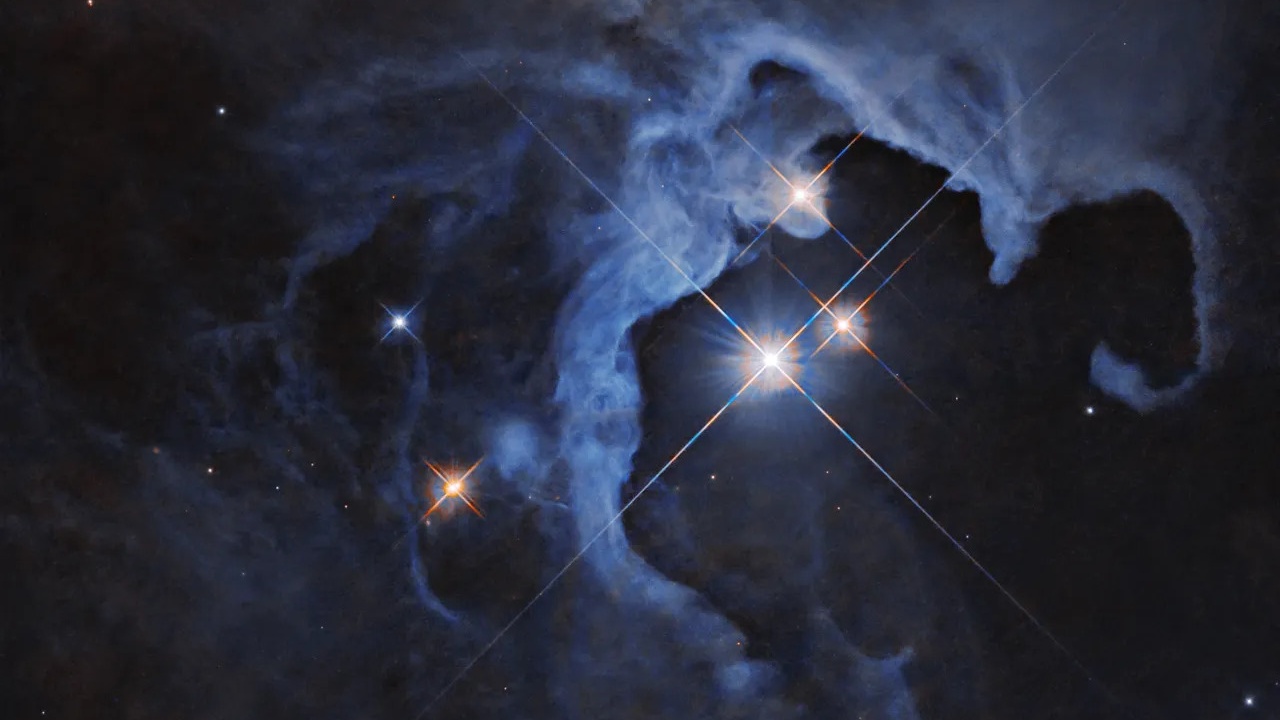
Have you ever wondered what our sun looked like when it was young?
Although we know the sun to be an unchanging, and even predictable source, of light in our skies, its youthful version some 4.6 billion years ago was quite active. During those formative years, our star spewed solar flares every week or so, despite shining only about a third as bright as it does now. Scientists also suspect that even though the early sun exhibited a dim stature, it kept the then-young Earth warm enough for life to emerge. Then, as the sun began to burn hydrogen into helium through nuclear fusion, it became hotter and brighter over millions of years, evolving into the largely quiet and brilliant star we know it to be today.
We can't go back in time to witness these transformative events of course — but, thanks to NASA's Hubble Space Telescope, we now have a glimpse into similarly young, sun-like stars emerging elsewhere in the universe.
Related: Supernova-filled galaxy dazzles in new Hubble Telescope image
One of these subjects is HP Tau, an infant star seen at the top of a trio of glittering stars in Hubble's latest image. These stars sparkle from within a hollow cavity in a billowing cloud of gas and dust, which itself shines a soothing blue by reflecting starlight in its thick swirls, much like how a street light illuminates the fog around it.
At just 10 million years old, HP Tau is the youngest of its siblings. It resides roughly 550 light-years from Earth in the constellation Taurus, and hasn't yet kicked off the nuclear fusion process upon which it will soon come to rely on for its energy, and for its light. The star, currently blanketed by thick clouds of gas and dust in which it was birthed, is on its way to becoming a star like the one we see everyday with our own eyes, scientists say. It'll eventually look something like the sun.
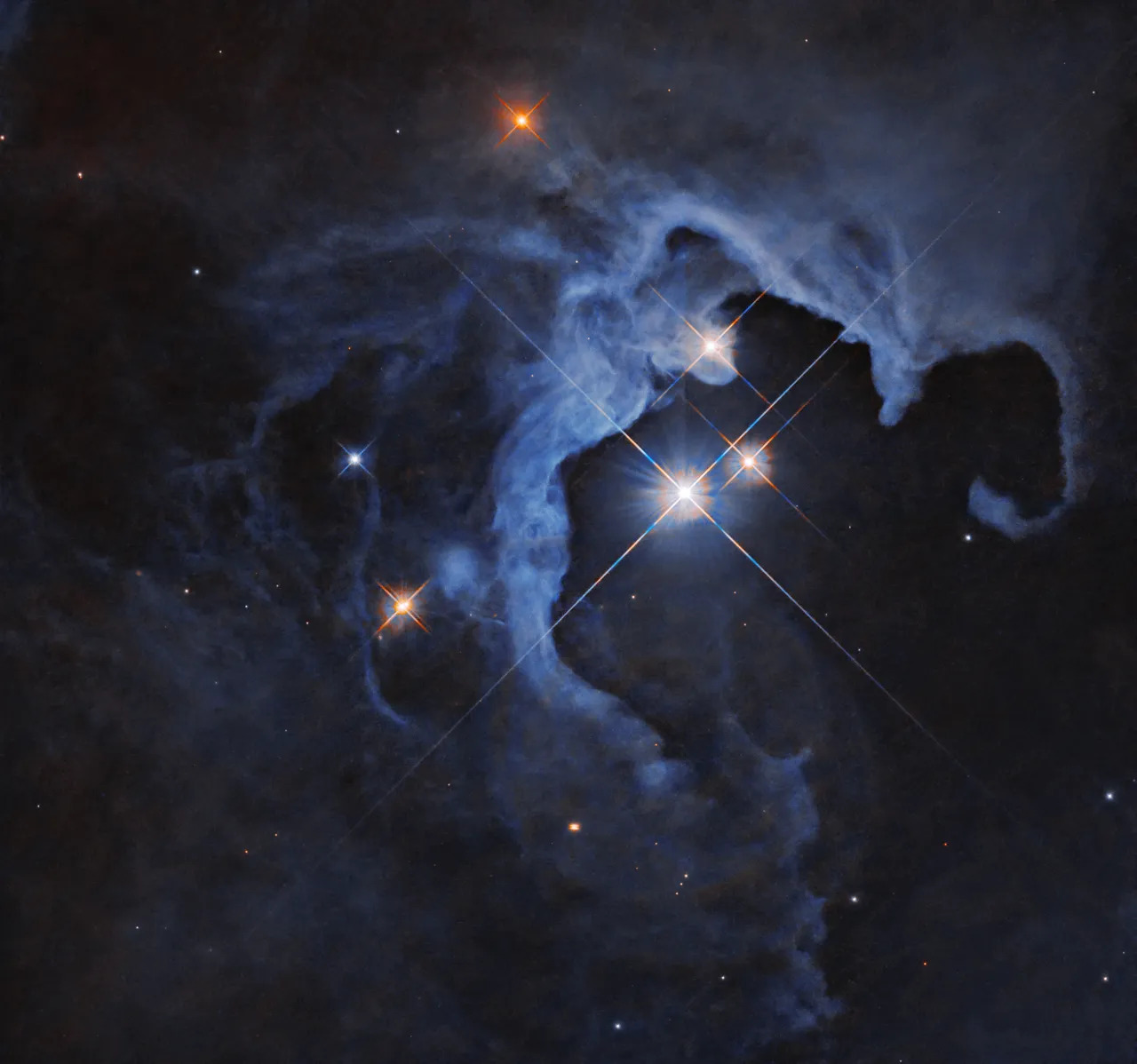
HP Tau's brightness fluctuates over time, both periodically and randomly — a cosmic quirk scientists think is because of the young star's chaotic nature. The random changes to HP Tau's brightness can be attributed to surrounding material falling into the star and therefore being devoured by its thralls, as well as to flares erupting on the star's surface. The more periodic changes could be due to sunspots pockmarking the star that rotate in and out of our view, scientists say.
Get the Space.com Newsletter
Breaking space news, the latest updates on rocket launches, skywatching events and more!
Because our own sun will outlive us, astronomers are interested in studying sun-like stars elsewhere in the universe that are at various stages of their life cycles, from which they can decode the past, relate to the present and draw conclusions about the future of our own sun.
Join our Space Forums to keep talking space on the latest missions, night sky and more! And if you have a news tip, correction or comment, let us know at: community@space.com.

Sharmila Kuthunur is a Seattle-based science journalist focusing on astronomy and space exploration. Her work has also appeared in Scientific American, Astronomy and Live Science, among other publications. She has earned a master's degree in journalism from Northeastern University in Boston. Follow her on BlueSky @skuthunur.bsky.social
